Refine listing
Actions for selected content:
2251 results in Cambridge Elements

Emergency Scenarios in Functional Neurosurgery
-
- Published online:
- 23 January 2025
- Print publication:
- 27 February 2025
-
- Element
- Export citation
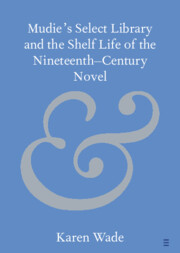
Mudie's Select Library and the Shelf Life of the Nineteenth–Century Novel
-
- Published online:
- 22 January 2025
- Print publication:
- 06 February 2025
-
- Element
-
- You have access
- Open access
- HTML
- Export citation
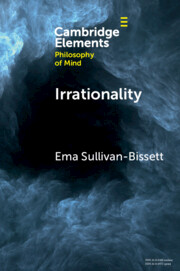
Irrationality
-
- Published online:
- 22 January 2025
- Print publication:
- 20 February 2025
-
- Element
- Export citation
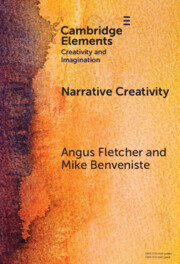
Narrative Creativity
- An Introduction to How and Why
-
- Published online:
- 21 January 2025
- Print publication:
- 30 January 2025
-
- Element
-
- You have access
- Open access
- HTML
- Export citation
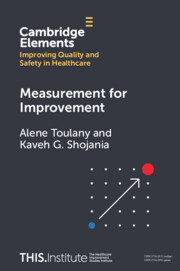
Measurement for Improvement
-
- Published online:
- 20 January 2025
- Print publication:
- 13 February 2025
-
- Element
-
- You have access
- Open access
- HTML
- Export citation
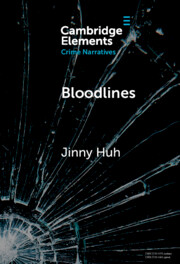
Bloodlines
- Adoption, Crime, and the Search for Belonging
-
- Published online:
- 18 January 2025
- Print publication:
- 30 January 2025
-
- Element
- Export citation
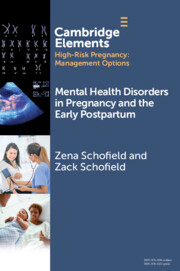
Mental Health Disorders in Pregnancy and the Early Postpartum
-
- Published online:
- 18 January 2025
- Print publication:
- 20 February 2025
-
- Element
- Export citation
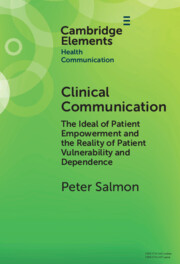
Clinical Communication
- The Ideal of Patient Empowerment and the Reality of Patient Vulnerability and Dependence
-
- Published online:
- 18 January 2025
- Print publication:
- 13 February 2025
-
- Element
- Export citation
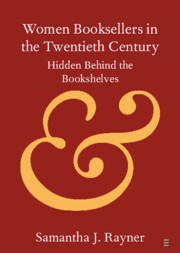
Women Booksellers in the Twentieth Century
- Hidden Behind the Bookshelves
-
- Published online:
- 17 January 2025
- Print publication:
- 30 January 2025
-
- Element
-
- You have access
- Open access
- HTML
- Export citation
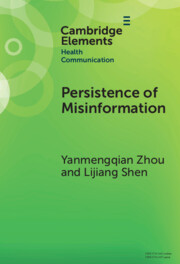
Persistence of Misinformation
- Biased Cognitive Processing and Polarization
-
- Published online:
- 17 January 2025
- Print publication:
- 06 February 2025
-
- Element
- Export citation
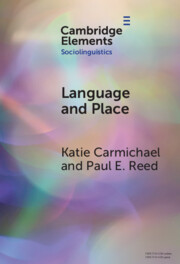
Language and Place
-
- Published online:
- 17 January 2025
- Print publication:
- 20 February 2025
-
- Element
-
- You have access
- Open access
- HTML
- Export citation
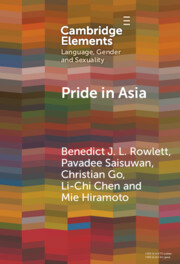
Pride in Asia
- Negotiating Ideologies, Localness, and Alternative Futures
-
- Published online:
- 17 January 2025
- Print publication:
- 13 February 2025
-
- Element
- Export citation
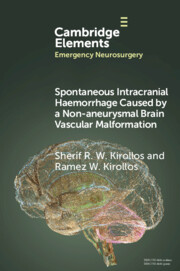
Spontaneous Intracranial Haemorrhage Caused by a Non-aneurysmal Brain Vascular Malformation
-
- Published online:
- 16 January 2025
- Print publication:
- 30 January 2025
-
- Element
- Export citation
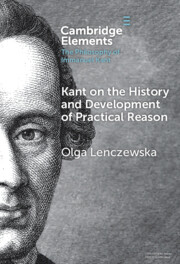
Kant on the History and Development of Practical Reason
-
- Published online:
- 16 January 2025
- Print publication:
- 30 January 2025
-
- Element
- Export citation
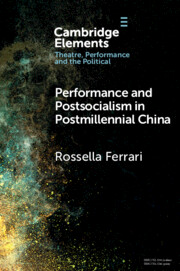
Performance and Postsocialism in Postmillennial China
-
- Published online:
- 16 January 2025
- Print publication:
- 06 February 2025
-
- Element
-
- You have access
- Open access
- HTML
- Export citation
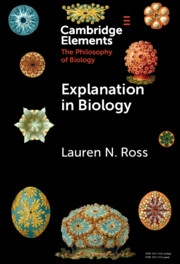
Explanation in Biology
-
- Published online:
- 16 January 2025
- Print publication:
- 30 January 2025
-
- Element
-
- You have access
- Open access
- HTML
- Export citation
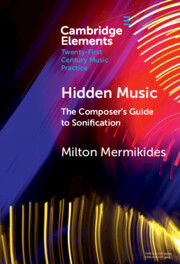
Hidden Music
- The Composer's Guide to Sonification
-
- Published online:
- 16 January 2025
- Print publication:
- 30 January 2025
-
- Element
- Export citation
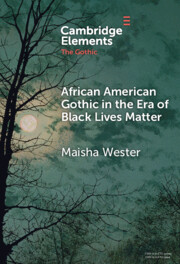
African American Gothic in the Era of Black Lives Matter
-
- Published online:
- 16 January 2025
- Print publication:
- 30 January 2025
-
- Element
- Export citation
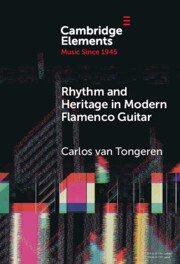
Rhythm and Heritage in Modern Flamenco Guitar
-
- Published online:
- 16 January 2025
- Print publication:
- 30 January 2025
-
- Element
- Export citation
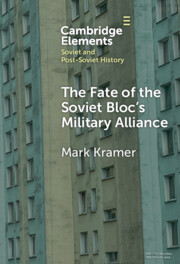
The Fate of the Soviet Bloc's Military Alliance
- Reform, Adaptation, and Collapse of the Warsaw Pact, 1985–1991
-
- Published online:
- 16 January 2025
- Print publication:
- 13 February 2025
-
- Element
- Export citation
